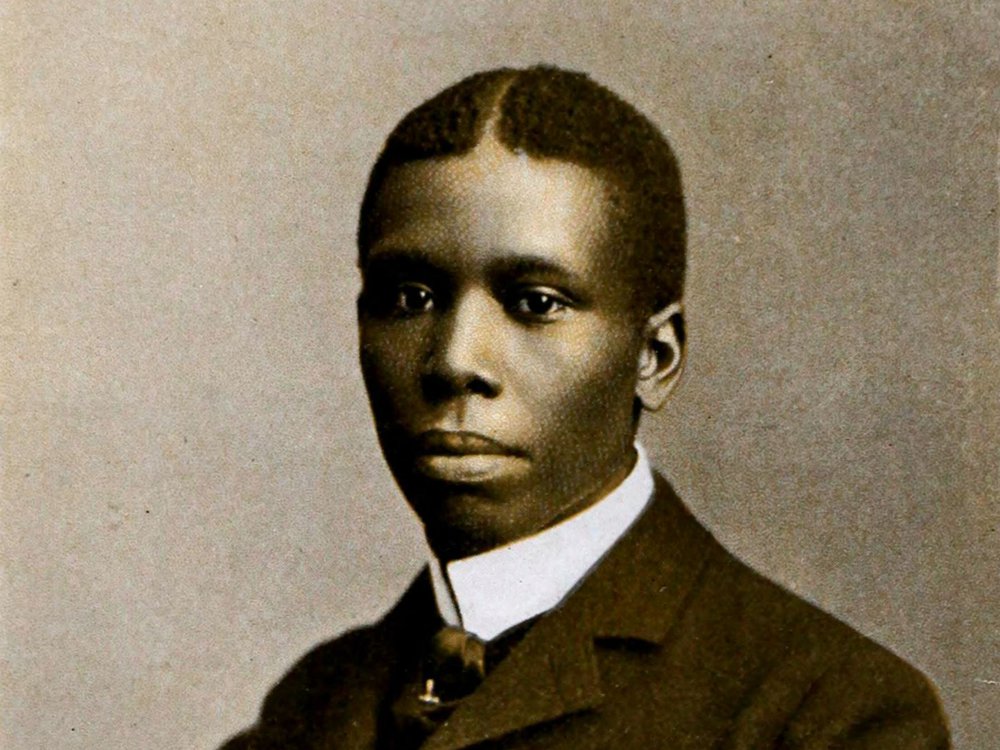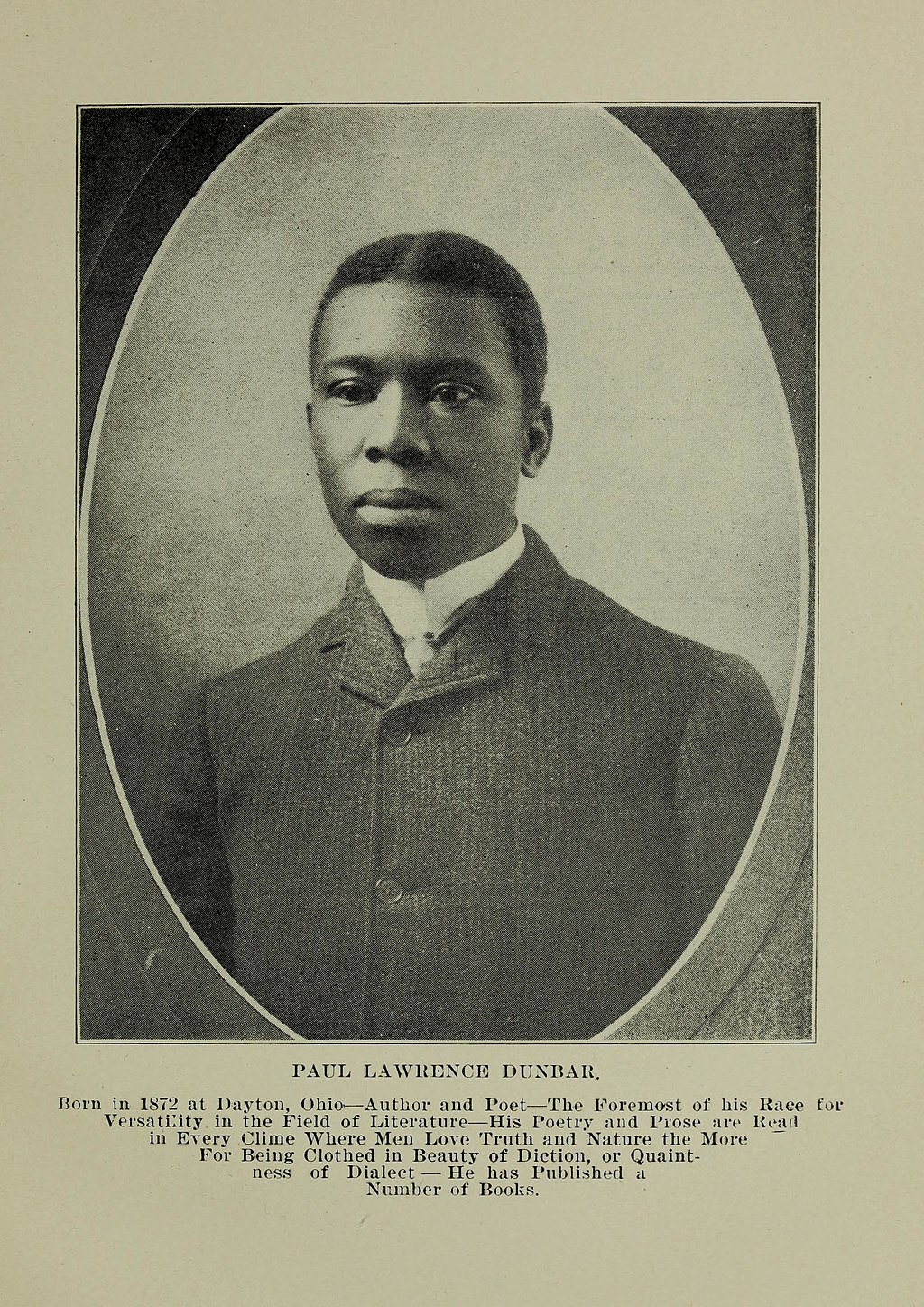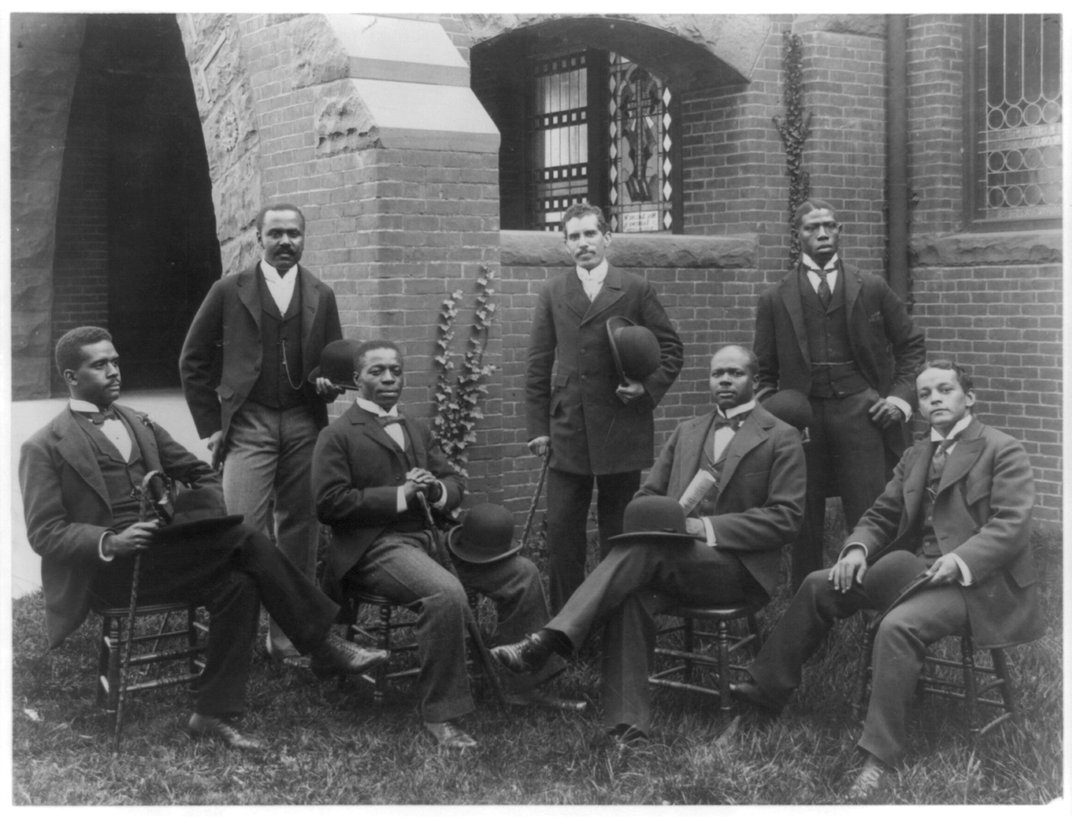The Brief but Shining Life of Paul Laurence Dunbar, a Poet Who Gave Dignity to the Black Experience
A prolific writer, he inspired such luminaries as Maya Angelou and Langston Hughes

Paul Laurence Dunbar was only 33 years old when he died in 1906.
In his short yet prolific life, Dunbar used folk dialect to give voice and dignity to the experiences of Black Americans at the turn of the 20th century. He was one of the first Black Americans to make a living as a writer and was seminal in the start of the New Negro Movement and the Harlem Renaissance.
Dunbar also wrote one of the most iconic phrases in Black literature—“I know why the caged bird sings”—in his poem “Sympathy.” The poem’s last stanza reads:
When his wing is bruised and his bosom sore,—
When he beats his bars and he would be free;
It is not a carol of joy or glee,
But a prayer that he sends from his heart’s deep core,
But a plea, that upward to Heaven he flings—
I know why the caged bird sings!
Published in 1899, “Sympathy” inspired acclaimed Black writer and activist Maya Angelou to use Dunbar’s line as the title of her seminal 1969 autobiography.
Today, however, Dunbar’s artistic legacy is often overlooked, despite the fact that his work influenced many other great African American literary giants, including Langston Hughes, Nikki Giovanni, James Weldon Johnson, Zora Neale Hurston and Margaret Walker.
In a very real sense, Dunbar is your favorite poet’s favorite poet.
A blooming life of writing
Born on June 27, 1872, to two formerly enslaved people from Kentucky, Dunbar was raised by his mother in Dayton, Ohio.

While there, Dunbar attended the integrated Dayton Central High School. An exceptional writer, he was the only Black student in his class. He served as editor in chief of the high school newspaper, as well as a member of the literary and drama clubs and debating society.
Dunbar also became friends with a white classmate who, with his brother Wilbur, would later invent the airplane—Orville Wright.
The two knew each other well. The Wright brothers, who owned a printing press, were the first to publish Dunbar’s writings, including the newspaper he started and edited in 1890. The Dayton Tattler was the first Black newspaper in that city.
After high school, Dunbar’s and Wright’s lives took different turns.
Unable to find consistent pay for his writing, Dunbar worked a variety of jobs, including as a janitor in one downtown Dayton office building and as an elevator operator in another. Not one to miss a business opportunity, the 20-year-old sold his first book of poetry, Oak and Ivy, to passengers he met on the elevator.
Dunbar found another job after moving to Washington, D.C., where he stacked shelves at the Library of Congress. According to his wife, Alice Moore Dunbar-Nelson, an accomplished writer in her own right, it was there that her husband began to think about the image of a caged bird.
“The torrid sun poured its rays down into the courtyard of the library and heated the iron grilling of the book stacks until they were like prison bars in more senses than one,” Alice wrote in 1914. “The dry dust of the dry books … rasped sharply in his hot throat, and he understood how the bird felt when it beats its wings against its cage.”
Dunbar’s first break came when he was invited to recite his poems at the 1893 World’s Fair, where he met the famous abolitionist Frederick Douglass. Impressed, Douglass gave Dunbar a job as a clerk, calling him the “the most promising young colored man in America.”

Dunbar’s second break came three years later. On his 24th birthday, he received a glowing review in Harper’s Weekly of his second book of poetry, Majors and Minors, from the prominent Ohio-raised literary critic William Dean Howells.
That review came with a mixed blessing. Howells’ praise of Dunbar’s use of dialect limited the poet’s ability to sell his other styles of writing.
But that same review helped catapult Dunbar to international acclaim.
His stardom didn’t last long. Diagnosed with tuberculosis in 1900, Dunbar died from complications of the disease on February 9, 1906.
Still, his work survives.
Dunbar’s musical legacy
In all, Dunbar wrote more than 400 poems, 12 books of poetry, 4 novels, 4 volumes of short stories, essays, hundreds of newspaper articles and lyrics for musicals.
His poetry has been continuously set to music by composers, from his contemporaries to still-living melodists, including Carrie Jacobs-Bond, John Alden Carpenter, Harry Thacker Burleigh, William Bolcom and Zenobia Powell Perry.
Florence Price’s numerous settings of Dunbar’s texts include both popular music and tunes for advertisements. William Grant Still’s Afro-American Symphony features spoken epigraphs of Dunbar poems before each movement.
Dunbar’s legacy is apparent not only in the concert hall but on the theatrical stage as well.

He was the librettist for an operetta by Samuel Coleridge-Taylor, Dream Lovers, written specifically for Black singers.
Dunbar’s own extraordinary life became the subject for operas, with composers Adolphus Hailstork, Richard Thompson, Steven M. Allen and Jeff Arwady writing works celebrating his legacy.
The collaborations of Dunbar and Will Marion Cook produced the first examples of contemporary musical theater.
Without Dunbar’s contributions to In Dahomey and Jes Lak White Fo’ks, in my view, there would be no Hamilton, the modern Broadway musical written by Lin-Manuel Miranda.
“We wear the mask”
Dunbar’s works celebrated all of humanity.
He turned the plantation tradition on its head by using dialect not only to offer critical social commentary, as in his poem “When Malindy Sings,” but also to portray oft-ignored humanity, as in “When Dey ’Listed Colored Soldiers.”
Dunbar’s works provide historical snapshots into the everyday lives of working-class Black Americans.
None was as poignant as his 1895 poem “We Wear the Mask”:
We wear the mask that grins and lies,
It hides our cheeks and shades our eyes,—
This debt we pay to human guile;
With torn and bleeding hearts we smile,
And mouth with myriad subtleties.
Minnita Daniel-Cox founded the Dunbar Music Archive. She is the associate professor of voice and voice area coordinator at the University of Dayton.
This article is republished from The Conversation under a Creative Commons license. Read the original article.